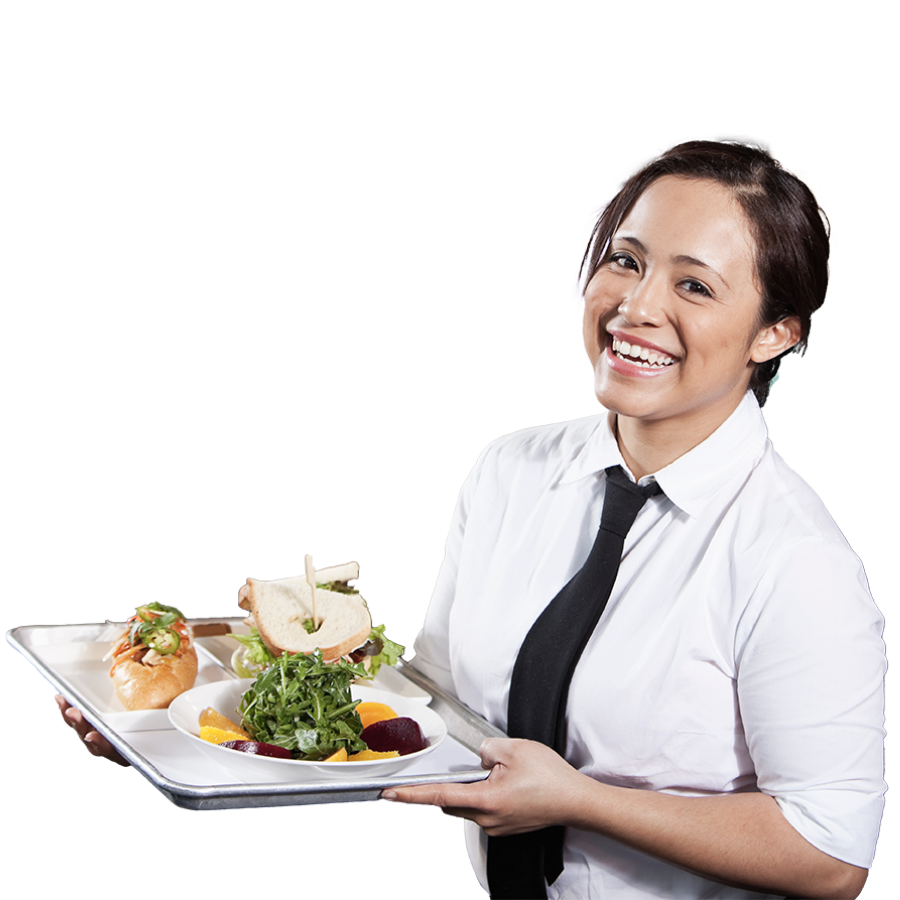In this article, we examine the correct steps for frozen food handling, an integral part of food safety.
Temperature plays an extremely important role in food safety. If foods aren’t kept at safe temperatures, harmful bacteria known as pathogens can breed, causing foodborne illness if the items are consumed. As a food handler, it’s your responsibility to ensure that all foods are kept at their appropriate and safe temperature, especially if foods change temperature, like being frozen or being thawed.
The Temperature Danger Zone
At certain temperatures, bacteria can multiply rapidly, increasing the risk of foodborne illness. Pathogens multiply most quickly in the Temperature Danger Zone.
The Temperature Danger Zone ranges from 41°F to 135°F (5°C to 57°C). The longer food is in the Temperature Danger Zone, the higher the risk that it will cause a foodborne illness. Food handlers must minimize the amount of time food is in the Temperature Danger Zone to lower the risk.
One way to minimize this risk is to freeze food that is not being cooked or eaten immediately. Bringing the food down to freezing temperatures stops bacteria from reproducing, reducing the growth of harmful pathogens. However, freezing does not kill the bacteria already on the food, so safety practices during the freezing process must be followed.
How to receive frozen food deliveries
Frozen goods should always be delivered at 0°F / -18°C or below. When deliveries arrive, you should use a calibrated thermometer to ensure they have been delivered at the right temperature.
Here are some additional tips for frozen food deliveries:
- Ensure that frozen meat and poultry products are tightly wrapped, frozen solid and do not show any signs of thawing; if anything appears off, reject the delivery.
- Fresh fish and fish filets sold as “previously frozen” should still smell fresh and mild, so reject any previously frozen fish that smells too fishy, sour or rancid.
- For frozen fish being used for sushi or sashimi, be sure you’re purchasing from a trusted supplier.
How to properly freeze food
It may come as a surprise to some food handlers that frozen food handling includes a proper way to freeze food. When freezing food, follow these best practices:
- First and foremost, freezers should be kept at a temperature of 0°F / -18°C or below
- Walk-in coolers, fridges and freezers should be equipped with thermometers to ensure you can regularly check the and log the temperature of the area
- Ensure storage areas aren’t overcrowded and boxes aren’t blocking air vents, as both can affect air circulation and temperature
- Store high-risk foods such as poultry, meat, seafood, eggs and dairy products before less hazardous foods
- Fresh poultry and meat that will not be cooked within two days of food delivery should be frozen instead of refrigerated, and wrapped in airtight packaging that is labeled and dated
- Poultry, meat, eggs or dairy products should never be refrozen once thawed
- Freeze eggs out of their shells – freezing in their shells will just cause shells to break
- You can freeze dairy products and produce, but texture and flavor can change once thawed
How to thaw frozen foods
Proper frozen food handling also applies to the thawing process. During thawing, bacteria can start to multiply again. To minimize the risk of bacteria multiplying while thawing, frozen foods should always be thawed in the refrigerator, at a temperature of 40°F / 4°C or below.
It may seem okay to thaw frozen food at room temperature if you’re in a rush or forgot to plan ahead, but it’s never safe! Frozen food left out at room temperature has a very high chance of being left in the Temperature Danger Zone.
What about freezer burn?
Freezer burn can happen if a food is not properly wrapped, stored too long in the freezer, or if the freezer fluctuates in temperature.
While freezer-burned food is generally safe to serve and eat, food handlers should avoid serving such foods to customers as the quality of the food can be affected, causing dry patches, loss of texture and flavor.
Food handlers should be taking all the necessary steps to prevent freezer-burn, including proper storage of items and checking to make sure the freezer is maintaining a steady temperature of 0°F / -18°C or below.
Remember: temperature control is critical to food safety, and as a food handler, it’s your job to ensure frozen foods are managed properly. Check deliveries before accepting them, keep foods out of the Temperature Danger Zone, and to learn more about the temperature control and how to safely handle foods, find the Food Handler Training Course in your state.
For another article in our how-to series, check out How to Wash Produce Properly.
.jpg?width=1170&height=582&name=My%20project%20(13).jpg)
